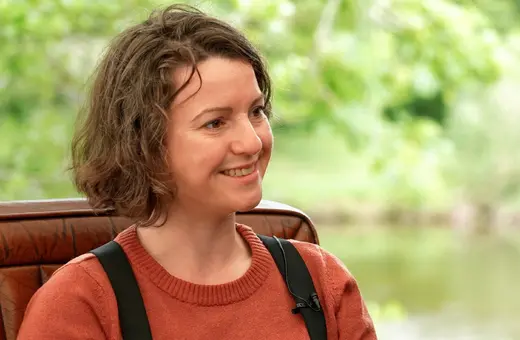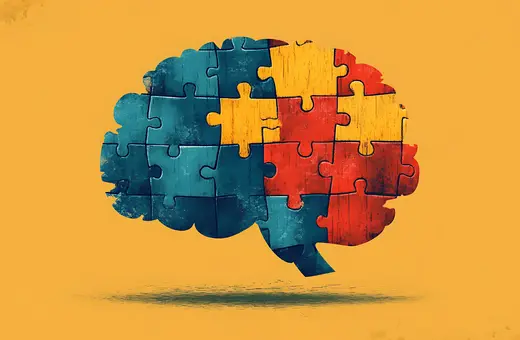Nowadays, we are nothing but our brains. Whereas we used to be composed of the intangible and unknowable secrets of mental or spiritual life, now we insist on the mechanistic materiality of the physical brain as the site of human being. This is the argument of Jan De Vos in his book Metamorphoses of the Brain, who describes the ongoing process of “neurologization” in which the brain has become the scientific and cultural obsession of our times. We celebrate the brain as the seat of humanity’s supposed intellectual superiority: a bio-chemical marvel of invention, imagination, and memory.
This celebration of the brain increasingly focuses on the discovery of (neuro)plasticity: the brain’s capacity to be “plastic” and mutable, to adapt and reform itself throughout life in response to experience or injury. In this way, it goes, our brains sculpt our identity – or do we sculpt out brain’s identity? – just as an artist sculpts a sculpture or other works of plastic art. Individual identity is nothing but the polished sculpture composed of a lifetime of memories through which a cohesive and linear narrative of personhood emerges… Or is it?
___
"Malabou argues that contemporary neuroscience has too often ignored the destructive potential of neuroplasticity, imagining the brain’s capacity for change in purely positive terms."
___
The contemporary French philosopher Catherine Malabou explores plasticity at the intersections of continental philosophy and neuroscience. Her work offers new conceptualisations of plasticity which challenge and extend current models of change and transformation across these domains. Whilst she agrees that the plasticity of the brain entails the capacity for the sculpting and adaptation of identity, for Malabou this is not the full story.
Malabou argues that whilst plasticity describes the giving and receiving of form (such as in sculpture and the plastic arts), plasticity also brings with it the capacity to explode or annihilate form (as is implied in the French word for an explosive: “le plastic”, or bombing, “le plastiquage”). This “destructive plasticity”, as she calls it, retains a creative potentiality, darkly sculpting new forms out of the annihilation of old ones. These destructive-creations constitute entirely new forms which arrive out of nowhere, and, unlike the classical sculpture, cannot be foreseen.
In her book What Should We Do With Our Brains, Malabou argues that contemporary neuroscience has too often underestimated or ignored the destructive potential of (neuro)plasticity, imagining the brain’s capacity for change in purely positive terms. Plasticity is characterised by neuroscience only in terms of the “healthy” brain that learns and remembers and evolves throughout life, developing ever more cohesively into the person it is destined to become. Malabou argues that this is reductive:
“In excluding all negativity from their discourse, […] certain neuroscientists cannot, most of the time, escape the confines of a well-meaning conception of successful personality, “harmonious and mature.””
Furthermore, these neuroscientific conceptualisations of the brain often seem influenced by capitalist ideologies in their imagining of the plastic brain, recasting the plasticity of neural identity as the “flexibility” of the perfect worker. Unlike plasticity, flexibility implies the capacity to adapt or stretch to any task or work load, opening itself up to exploitation. Things that are flexible are able only to take the forms imposed upon them, rather than being able to affirm and create their own forms: “Flexibility is plasticity minus its genius.”



















Join the conversation